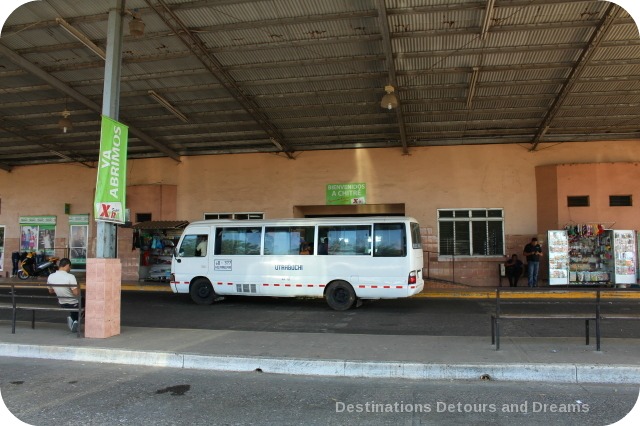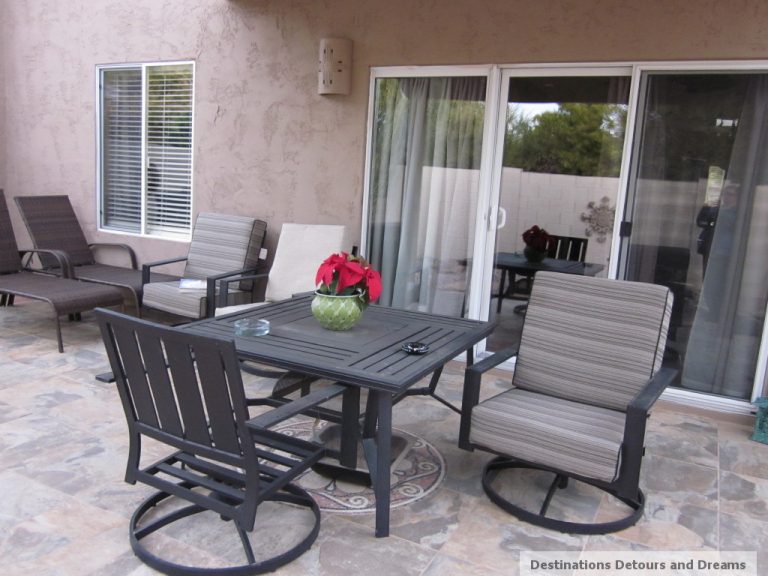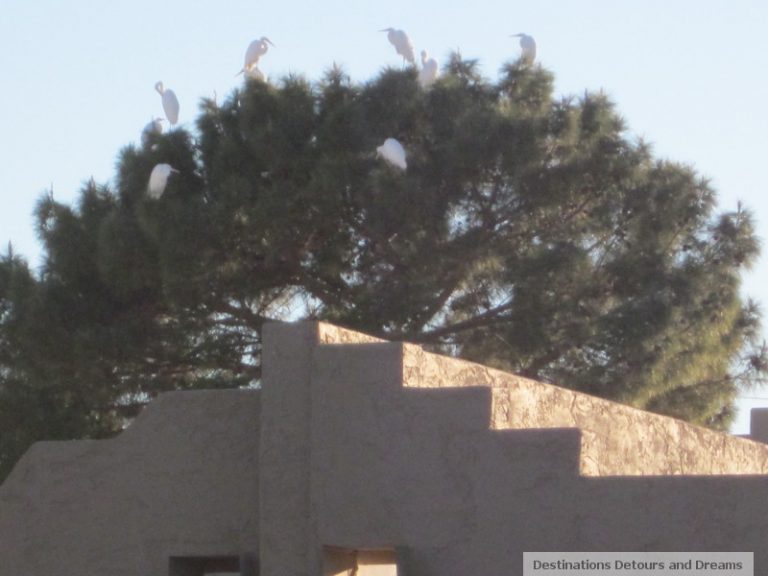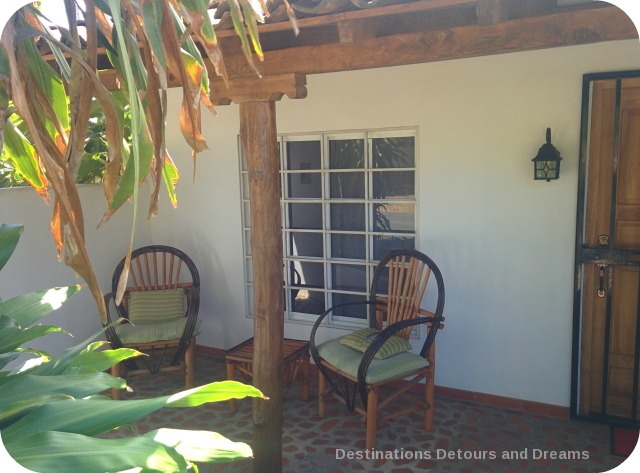Snowbird Preparations Part 1

Preparing to spend a winter down south – permanent residence arrangements, bills, mail, health insurance
How does one prepare to live somewhere else for four months? In Birth of a Snowbird I wrote about finding a rental home in Mesa, Arizona for the winter months. This is the first time my husband and I have escaped the cold prairie winter for more than a couple of weeks. I’ve had people ask me what I do to get ready. We’ve been sorting through the answer. Every week some ordinary thing in our daily life reminds us of something else to take care of. Between information from snowbird friends and research on our own, plans are well underway.
What have we considered and handled so far?
Permanent Residence
When you go away for this long, what do you do with your permanent residence? In our case, family will be living in our home, which means we did not have to make arrangements with friends or hire a service to monitor our house, try to find other renters, obtain special absence insurance coverage or make other arrangements to ensure the house was too obviously empty. We did arrange for a snow removal service to make it easier on family staying in the house.
Mail and Bills
There will still be bills to pay while we are away. Several are already set up for automatic debit from our accounts. For some bills, where amounts vary from month to month, I like to have more flexibility and control on the exact payment date. I already pay these bills via online banking. However, I had been receiving the bill notices via regular old-fashioned mail. I’ve now changed this to receive the bills online.
I looked into epost, Canada Post’s digital mailbox. I discovered that not all of the companies I received bills from were set up as mailers. For these, I created online accounts directly with the companies. I receive email alerts when a new bill is posted and can access the details through my account. The challenge now is remembering all my account names and passwords. (Update January 2023: Canada Post retired its epost service in December 2022.)
As for the rest of our paper mail, we’ve reduced it by signing up for e-statements where possible. But what to do about the rest? A friend of mine, who winters at her park model in Texas, makes arrangements with her brother to check their mail. He sorts through what is standard information, what can wait until they return, and what he may need to call them about. If necessary, he scans and emails.
For a variety of reasons, we’ve chosen to forward our mail, using Canada Post’s Temporary Change of Address process. Mail can be forwarded for up to 4 individuals living at the same address for a period of 3 months or more. At the time of writing this post, Canada Post rates for forwarding residential mail to an international or U.S. address were $78 for 3 months and $26 for each subsequent month. Based on advice from friends with experience with forwarded mail, I will stop the forwarding 2-3 weeks before we begin our return back to Canada. to reduce the risk of mail getting stuck in transit.
Health Insurance
There are two aspects to health insurance for Canadians – provincial plan coverage and extended travel insurance.
Most provincial plans have rules about how long one can be out-of-province to retain plan coverage. For example, one must reside (physically) in Manitoba 6 months of the year to be eligible for coverage. Manitoba also requires those who will be out of province for more than 3 months of the year to apply for temporary out-of-province benefits. We’ve done this and now have our temporary absence cards. Other provinces may have different rules.
Provincial health coverage on its own is not sufficient. Manitoba, for example, covers emergency care out-of-country at a rate equal to what a Manitoba doctor would receive for a similar service or the average daily Manitoba hospital rate. The difference between the covered amount and the actual cost could be substantial. Additional health coverage is required. Needs vary from person to person, based on medical history and access to extended coverage through retiree health benefits. The Canadian Snowbirds Association endorses the Medipac Plan as its preferred travel insurance plan. It may or may not be the best choice for everyone. Engaging a broker to find the most appropriate insurance is a good idea.
What’s Next?
Banking arrangements are our next priority.
Retrospective (May 2013
With family staying in our Manitoba home we were able to spend our winter without worry about our permanent residence. Fortunately, we never had cause to test out how well our health insurance worked or didn’t.
Mail forwarding was not without a couple of glitches. Time lag varied and it could take up to three weeks for mail to reach us. Relying on the mail for sensitive material would be an issue. A few items never reached us at all, including my husband’s driver licence annual bill and a replacement credit card after his U.S. credit card had been compromised and cancelled. We had been expecting the driver licence bill and initiated payment on our own. And for the last two months of our winter we used my U.S. credit card.
I was glad we had the mail forwarded because of other financial and tax information I needed to be aware of and deal with. It was nice to receive my Canadian magazines but I would have managed without them. I don’t know if I would forward mail again or not. If someone you trust can pick up and screen your mail and advise you of items you may want to deal with, that might be an option.






